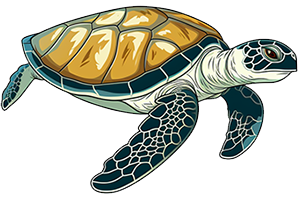Tag: genetics
-
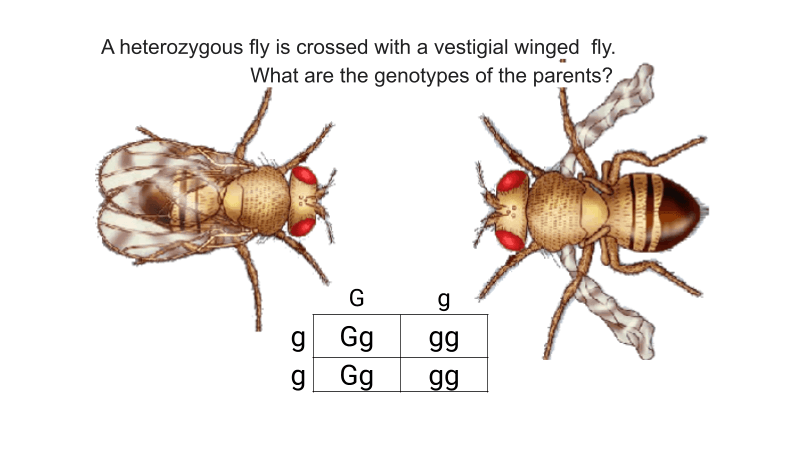
Fruit Fly Genetics
Fruit Fly Genetics showing inheritance patterns for vestigial wings and eye color.
-
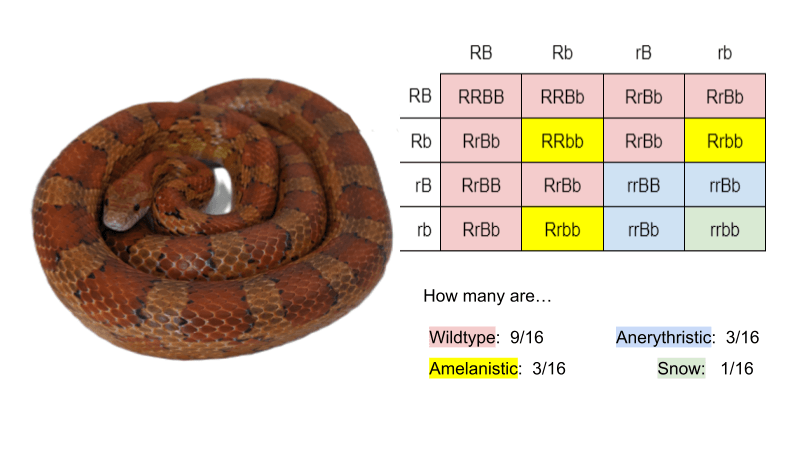
Corn Snake Genetics – Explore the Morphs!
Practice dihybrid crosses with this activity on corn snakes. Corn snakes are red and black, with variations in shade and markings.
-
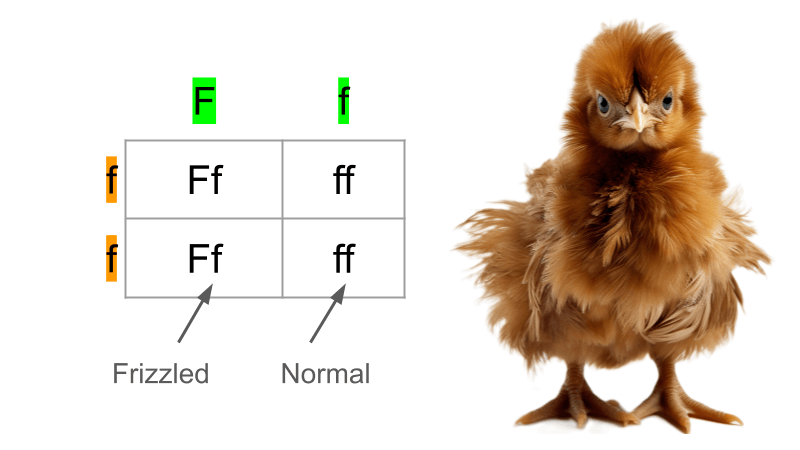
The Genetics of Frizzle Frazzle Chicks
Frizzle feathers in chickens is the result of a dominant allele. Practice crosses between different types of chickens, by completing Punnett squares.
-
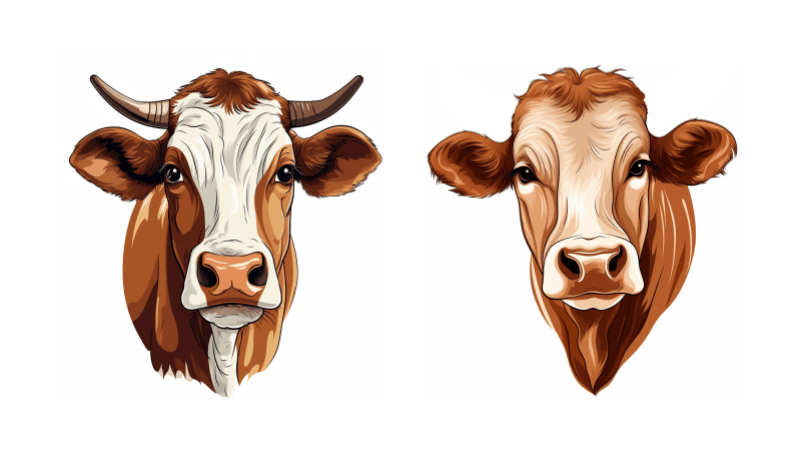
Genetics Practice – Roan Cows with Horns
Practice genetics with cows! Cows can be horned (hh) or hornless. They can also be red, white, or roan colored.
-

Peas, Please! – A Practice Set on Mendelian Genetics
Students practice assigning genotypes (PP, Pp, or pp) to different traits based on whether the trait is dominant or recessive. They set up Punnett squares, and determine the phenotypic ratios of the offspring.
-

Case Study – The Genetics of Eye Color
A case study exploring the genetics of eye color. Students review a pedigree and examine the role of HERC2 and OCA2 in eye color inheritance.
-
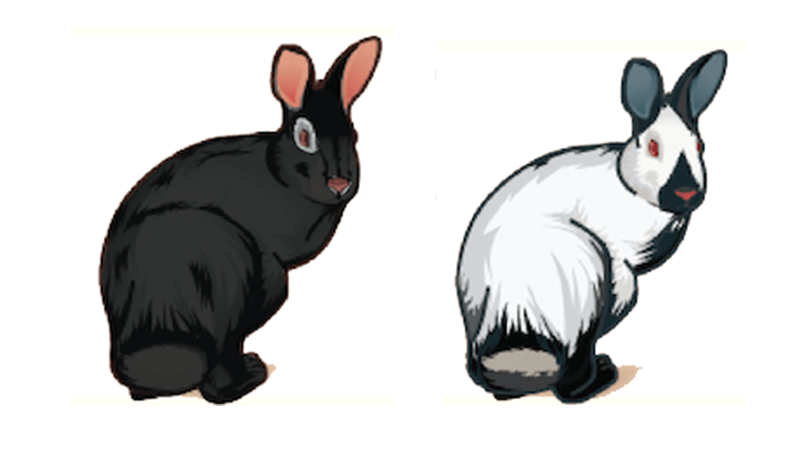
Multiple Allele Traits in Rabbit Coat Color
Students practice genetics of multiple allele traits as they study coat colors in rabbits: black, chinchilla, Himalayan, white.
-
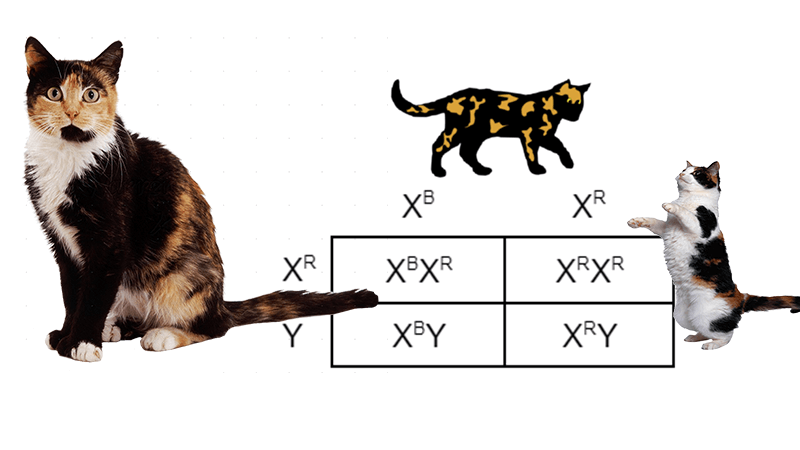
The Genetics of Tortoiseshell and Calico Cats
Explore the genetics of tortoiseshell and calico cats with students. Includes worksheets for students to practice sex-linked genetic crosses.
-
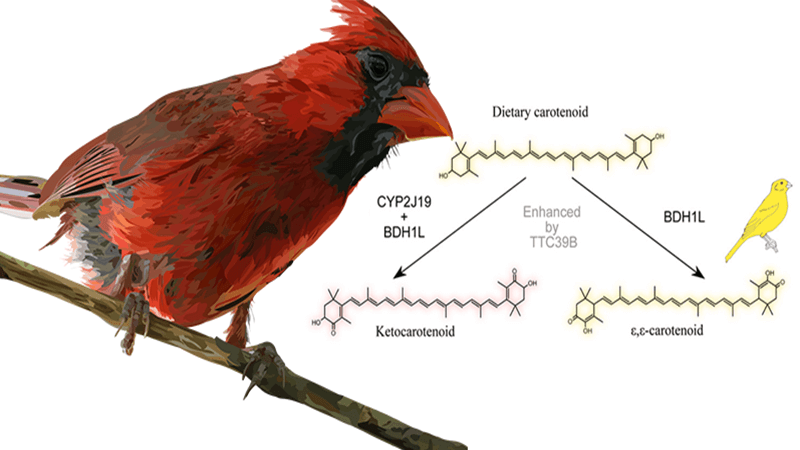
How Did the Cardinal Get His Red Feathers (CER)
Based on a study from Nature that examines the role of enzymes in red coloration. Enzyme pathway converts yellow carotenoids into red ketocarotenoids.
-
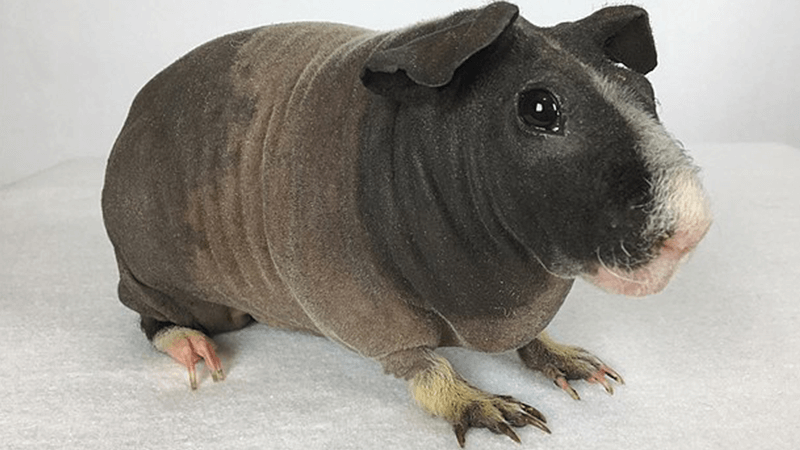
Practice Punnett Squares with Skinny Pigs
“Skinny Pig Genetics!” Hairlessness in guinea pigs is a recessive trait. Students practice Punnett squares with this simple worksheet.
-
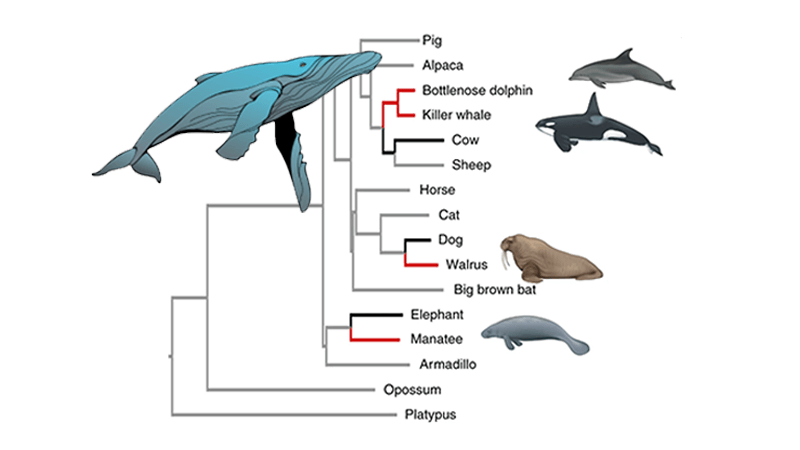
Mutations and Evolution in Aquatic Mammals
Students examine a phylogenetic tree that reveals mutations found in aquatic mammals as evidence of convergent evolution.
-
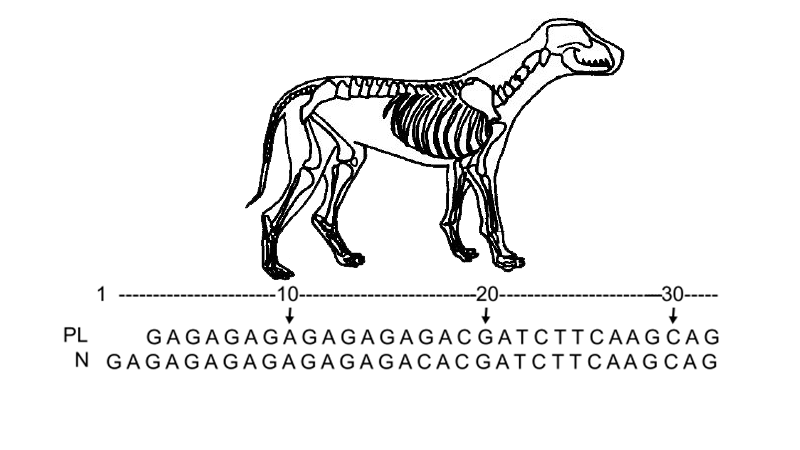
Case Study: Dogs, SNPs, and Patellar Luxation
Students learn how a genetic polymorphism (SNP) is associated with a common problem in chihuahua dogs where their patella slips out of position.
-
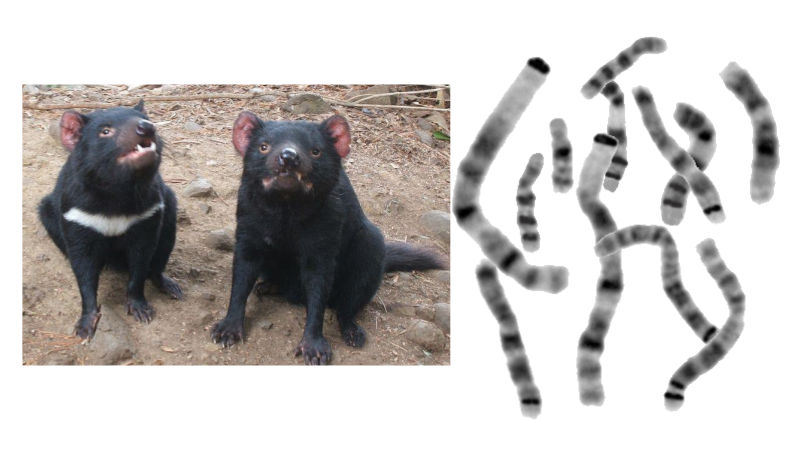
Tasmanian Devil Karyotype (Remote Version)
Examine a karyotype showing the chromosomes of a Tasmanian devil. Arrange chromosomes and determine diploid number.
-
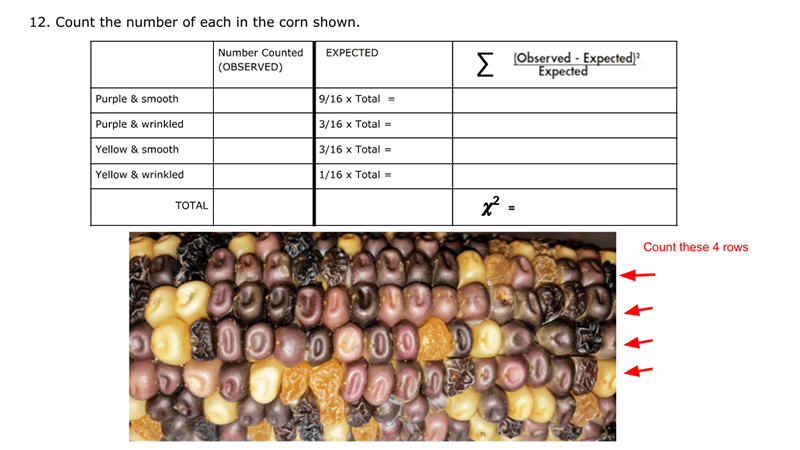
Corn Chi Square (remote)
This is the remote version of a classroom activity I do with corn ears. Students would count the kernels (smooth, wrinkled, purple, yellow) and determine if the ears of corn are the result of a dihybrid cross, RrPp x RrPp. This gives students the opportunity to apply statically analysis to data sets and determine if…
-
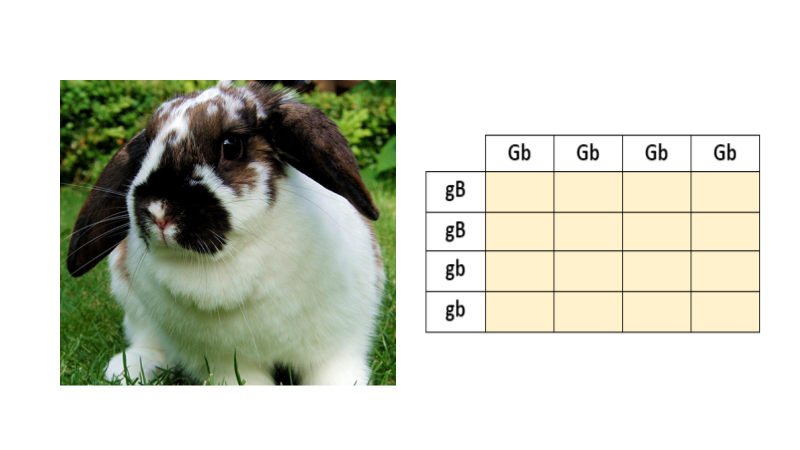
Genetic Crosses in Rabbits (Remote)
Students learn how to do Punnett squares with two traits by practicing completing 4×4 squares.
